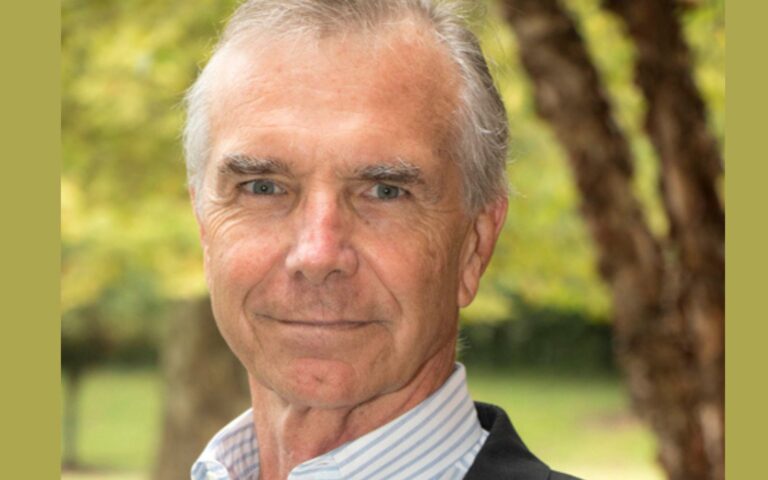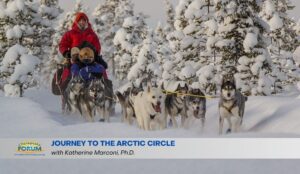Coastal and ocean regions around the world are facing low-oxygen conditions, often called “dead zones.” The number and size of these dead zones are increasing, thanks to nutrient pollution and climate warming. With low oxygen, animals can get stressed, move away, perish – or, hopefully, figure out a way to eke out a living.
This course is taught by two faculty members from Horn Point Laboratory who have studied the Dead Zones here in the Chesapeake, in the Gulf of Mexico, and around the world.
- In part one, “The Ocean is Losing its Breath,” Mike will lead us through a discussion of the dead zones here in the Chesapeake Bay and around the world – what makes them similar and what makes them different.
- In part two, “Life in the Dead Zone,” Jamie will take the lead in showing us the winners and losers when a dead zone occurs – the fascinating ways animals adapt to deal with low oxygen, and what this means for fisheries and food webs.
What to Expect:
You will come away with a better understanding of why dead zones occur, either naturally or because of human activity, and appreciate what it means to an aquatic ecosystem when it loses oxygen. You will discover how the dead zones in Chesapeake Bay and other places are changing over time and why some are improving and some are getting worse. You’ll also learn who are the winners – there are some winners! – and the losers when a dead zone occurs. Lastly, you will find out about the local, national, and international actions being taken to deal with dead zones.
Feedback from a past program with Jamie:
“Fantastic lecture. Jamie was very engaging, fun and informative for us laymen.”
“Very informative and entertaining. Learned a lot today. One session was not enough!”
“Wonderful class! Really enjoyed his enthusiasm for plankton, and for the information he shared with us about plastic. I would take more classes from him!”
Here are the recordings:




